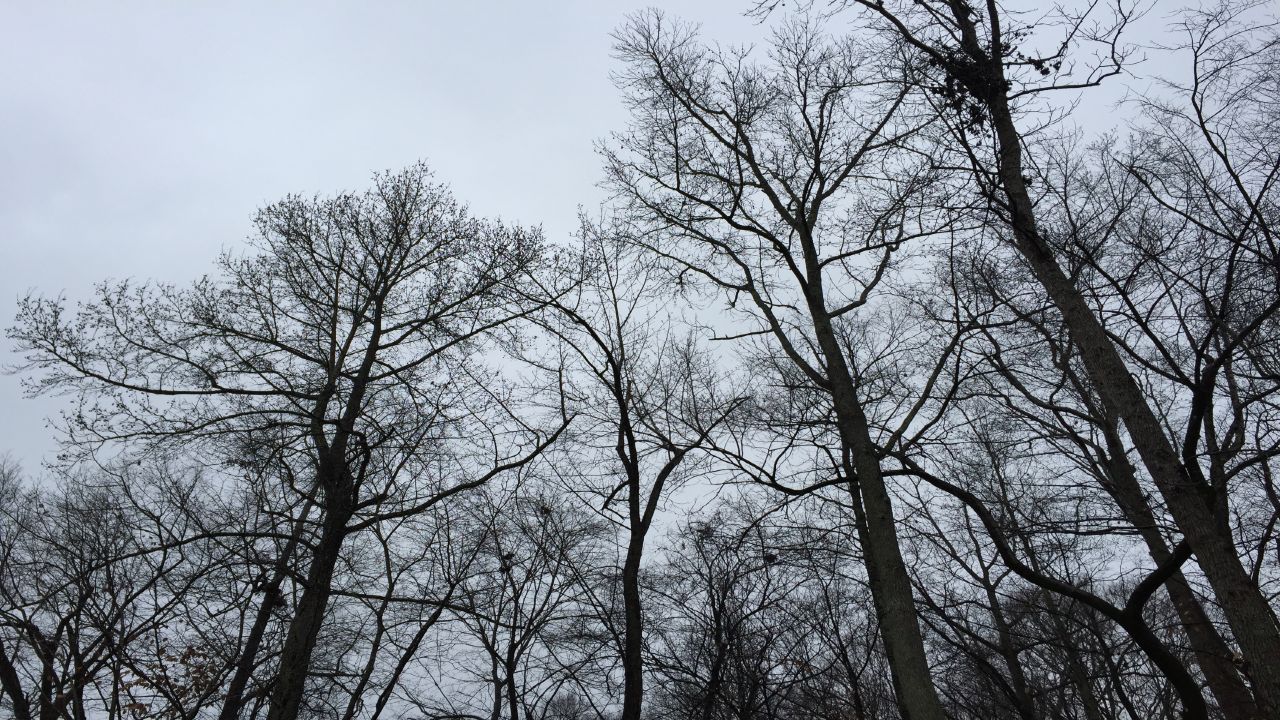As grey and dreary days stretch through the dark winter months, it’s common for people to feel a little down. The nights are long and the days are cloudy, the weather is cold and people don’t get out much.
But the lack of sunlight also affects our brains in a significant way. Light helps our bodies create two types of neurotransmitters: serotonin and melatonin. Both are key in regulating mood and sleep patterns.
What You Need To Know
- Seasonal Affective Disorder is a type of depression
- Millions of adults probably suffer from SAD, although many may not know
- SAD occurs more often in women, and it is more common in those living farther north
For most people, feeling a bit sad and not like their usual selves during the winter darkness is a short-term feeling and doesn’t last too long. In some cases, these mood changes are more serious and can affect how a person feels, thinks, and handles daily activities. This is a form of depression for some people; the clinical term is Seasonal Affective Disorder, or SAD.
In most cases, SAD symptoms start in the late fall or early winter and go away during the spring and summer, known as winter-pattern SAD or winter depression. SAD is not considered a separate disorder but is a type of depression characterized by its recurrent seasonal pattern, with symptoms lasting about four to five months per year.
Therefore, the signs and symptoms of SAD include those associated with major depression and some specific symptoms as well.
According to the National Institute of Mental Health, symptoms of major depression may include:
- Feeling depressed most of the day, nearly every day
- Losing interest in activities you once enjoyed
- Experiencing changes in appetite or weight
- Having problems with sleep
- Feeling sluggish or agitated
- Having low energy
- Feeling hopeless or worthless
- Having difficulty concentrating
- Having frequent thoughts of death or suicide
For winter-pattern SAD, additional specific symptoms may include:
- Oversleeping (hypersomnia)
- Overeating, particularly with a craving for carbohydrates
- Weight gain
- Social withdrawal (feeling like “hibernating”)
Millions of American adults may suffer from SAD, although many may not know they have the condition. SAD occurs much more often in women than in men, and it is more common in those living farther north, where there are shorter daylight hours in the winter. In most cases, SAD begins in young adulthood.
Treatments are available that can help many people with SAD. They fall into four main categories that may be used alone or in combination:
- Light therapy
- Psychotherapy
- Antidepressant medications
- Vitamin D
Talk to your health care provider about which treatment, or combination of treatments, is best for you. For tips for talking with your health care provider, refer to the National Institute of Mental Health fact sheet "Taking Control of Your Mental Health: Tips for Talking With Your Health Care Provider."
Our team of meteorologists dives deep into the science of weather and breaks down timely weather data and information. To view more weather and climate stories, check out our weather blogs section.



